Six STEM Starter Tools
A MiddleWeb Blog
Here’s a quick, no-brainer, true-false test:
A. Teaching is an incredibly challenging responsibility.
B. As a teacher, you are a lead player in building the future of our country.
C. Many of our students are not developing the skills to succeed either in school or in the increasingly technical workplace.
According to S.T.E.M. Magazine (one of my new favorite resources) all of those are true. If you are a teacher, you are a member of the nation’s most important profession. No pressure here, but exactly how are you going to inspire and prepare our children for that workforce?
If our schools were set up to teach STEM curriculum as a matter of course, then that issue could be partly addressed. As it is, much STEM curriculum is often an isolated add-on.
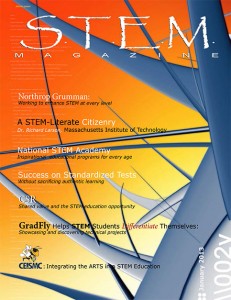
Actually, STEM can be a good way to spice up your regular, run-of-the-mill lessons. You can consciously connect STEM concepts, thinking processes, and procedures to your daily teaching. Through a sustained and (I hope) collaborative effort, you can use all of your lessons to expose students to new ideas and encourage them to explore, trouble-shoot, and problem-solve. Keep in mind that connecting STEM to all of your lessons is a one-step-at-a-time process. You can’t do it all at once, but here are 6 Starter Tools to help you move along the path.
1. Be in the know about STEM
STEM curriculum combines math, science, and technology in ways that make sense to students and help them solve problems. Here are a few of the techniques that STEM courses promote. You might practice including one or more of these techniques into your more traditional lessons. (Obviously this is not a complete list, so add to it as you learn more about STEM.) In STEM lessons, students learn to:
• 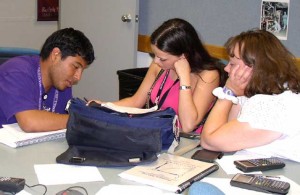
• Understand issues at a deep level
• Drill down into problems
• Come up with innovative ideas and solutions
• Evaluate the results of their decisions
• Take charge of their own learning
• Engage in real teamwork
• Communicate effectively.
The i-STEM website offers good information about STEM and lots of STEM-related resources to keep you up to speed.
2. Connect STEM habits of mind to your lessons
Today’s students are used to dealing with information at a much faster pace in the outside world than they have opportunities to do inside today’s classrooms. Deliberately connect STEM “ways of thinking” to your lessons (See #1 above) to pick up the pace and provide students with more learning time.
Experiential, hands on activities are a great way to engage students, and can be used with any content matter. Try asking simple questions like “how does that work?” or “how do you suppose they figured that out?” to push your students beyond rote answers and encourage thoughtful learning.
When you engage students in practices such as creative thinking, analysis, well-developed questioning, and generating multiple solutions for problems, point out that out that these are practices associated with STEM. Help kids make explicit connections among their regular lessons and their STEM learning. They are learning a thinking process – not isolated bits of information.
3. Connect STEM teaching/learning methods to your lessons
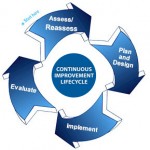
Put students in charge of their learning. Couple inquiry and design. Present your content in an open-ended manner when appropriate. Once they have the basic knowledge and skills necessary to do the work, let students team up to design, construct, test, and improve. This sequence (design, construct, test, and improve) may apply to writing assignments as well as manipulatives.
4. Deliberately make cross-curricular connections
Meet, talk, and plan with other subject-area teachers to come up with cross-curricular connections.* You might even let kids come up with their own cross-curricular connections. Students need to see their various courses as a series of interrelated learning opportunities, and not as isolated islands of information.
5. Connect with other teachers who do this
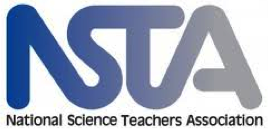
6. Connect to STEM resources
Focus on free and inexpensive materials and tools. You can find science freebies here. Outside speakers and businesses can be/provide valuable resources.
Remember this important point. All lessons can’t be full-blown STEM lessons in traditional schools. These ideas are meant to help you incorporate STEM thinking and practices into all of your lessons so that students are always learning some STEM principles throughout the year.
Note to readers
I’m eager for a post reinforcing critical importance of arts, history, and other subjects to this workforce effort. I don’t think for a moment that STEM is an isolated answer, so bear with me. So much to write about . . . any suggestions for next week’s topic?

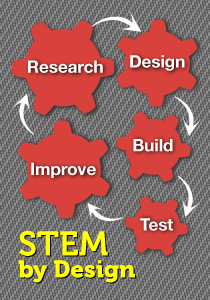


































Hi Anne: Another great NSTA resource is The STEM Classroom, an eNewsletter produced monthly by NSTA. For more information, check out: http://www.nsta.org/publications/enewsletters.aspx
Wow, what can I say, Tyson! I’ve been an NSTA member since the 80s, and I’ve never seen this. I just signed up for it and am looking forward to my first STEM issue. I’m going to Tweet the info as well. Thanks for that great tip.